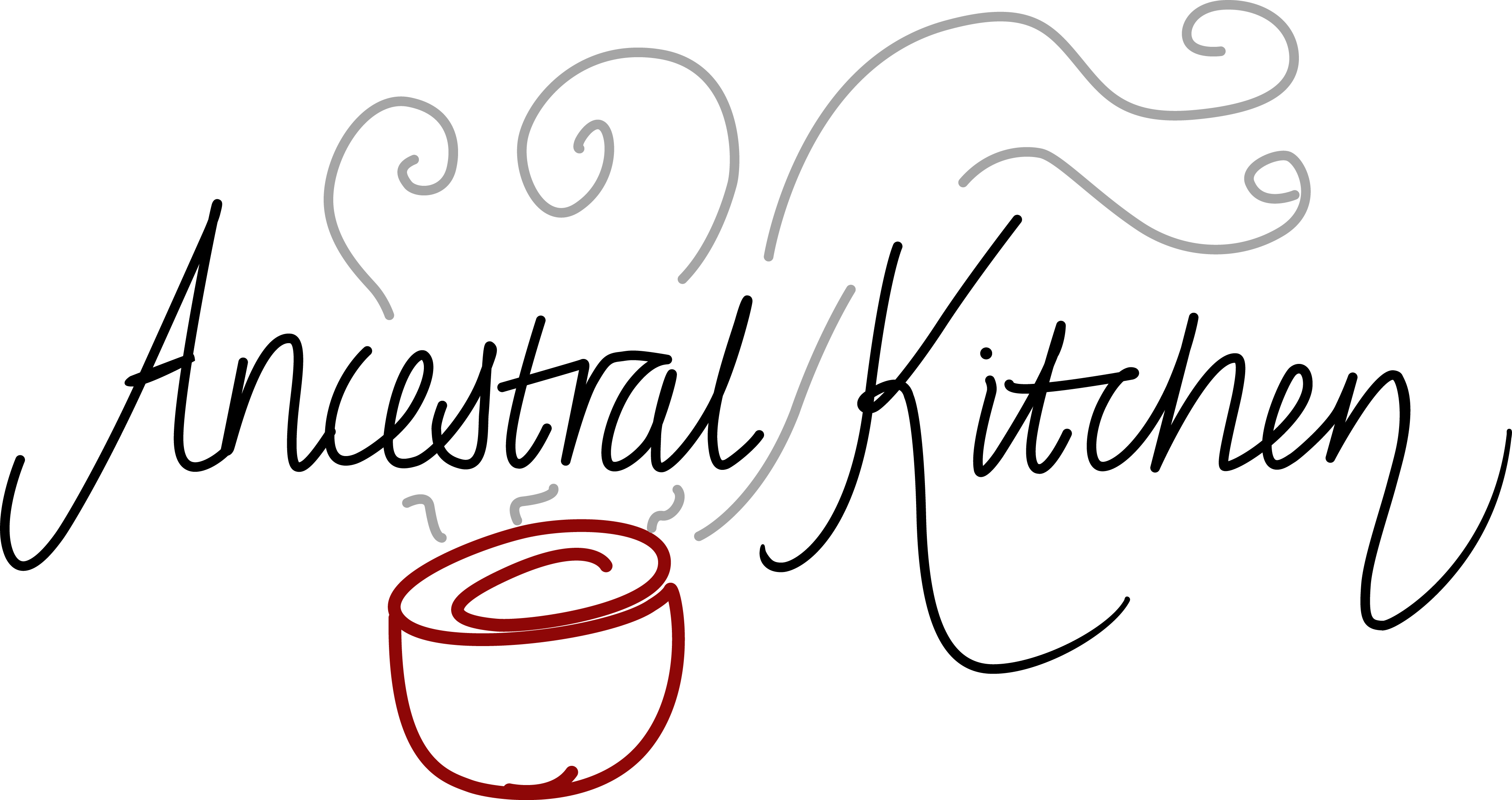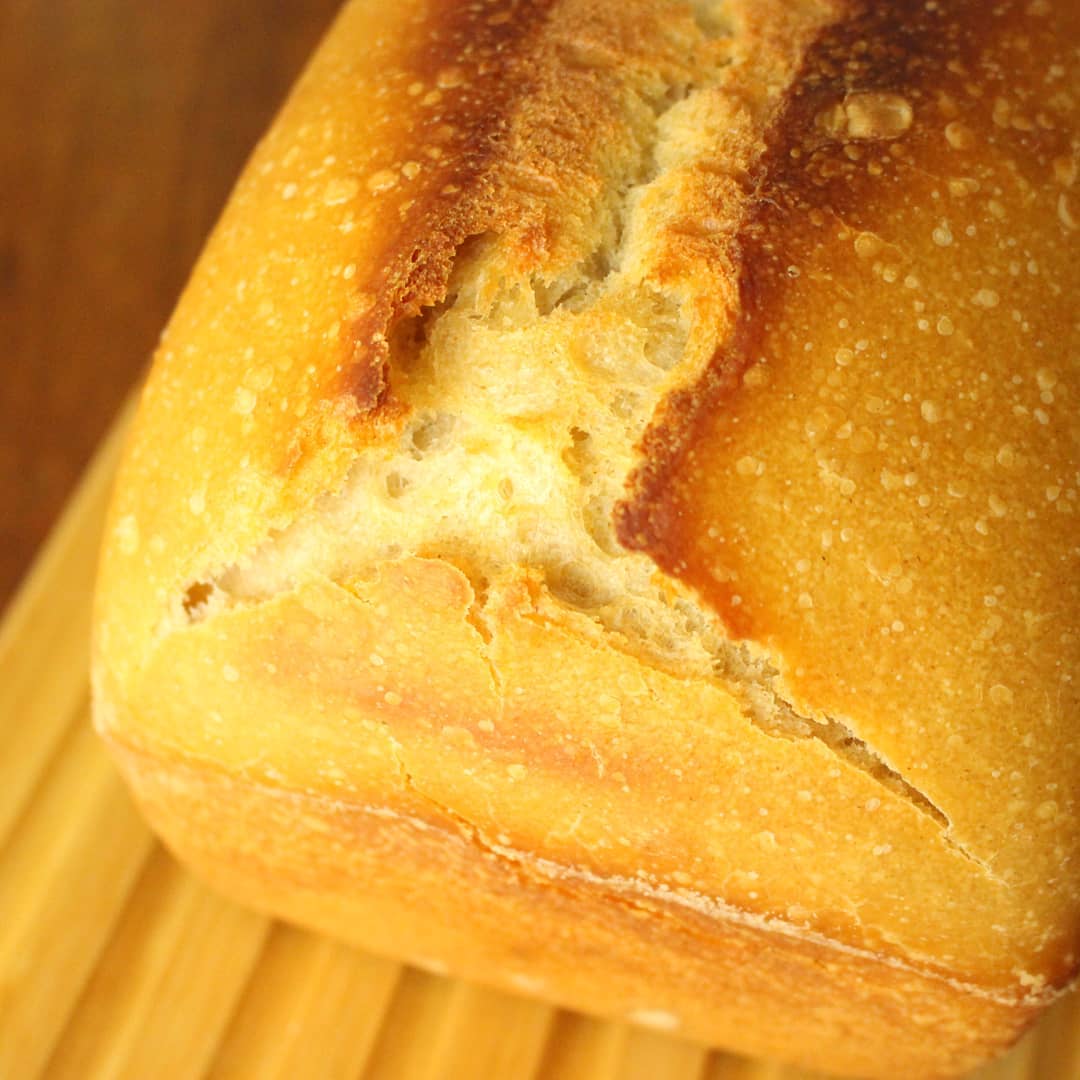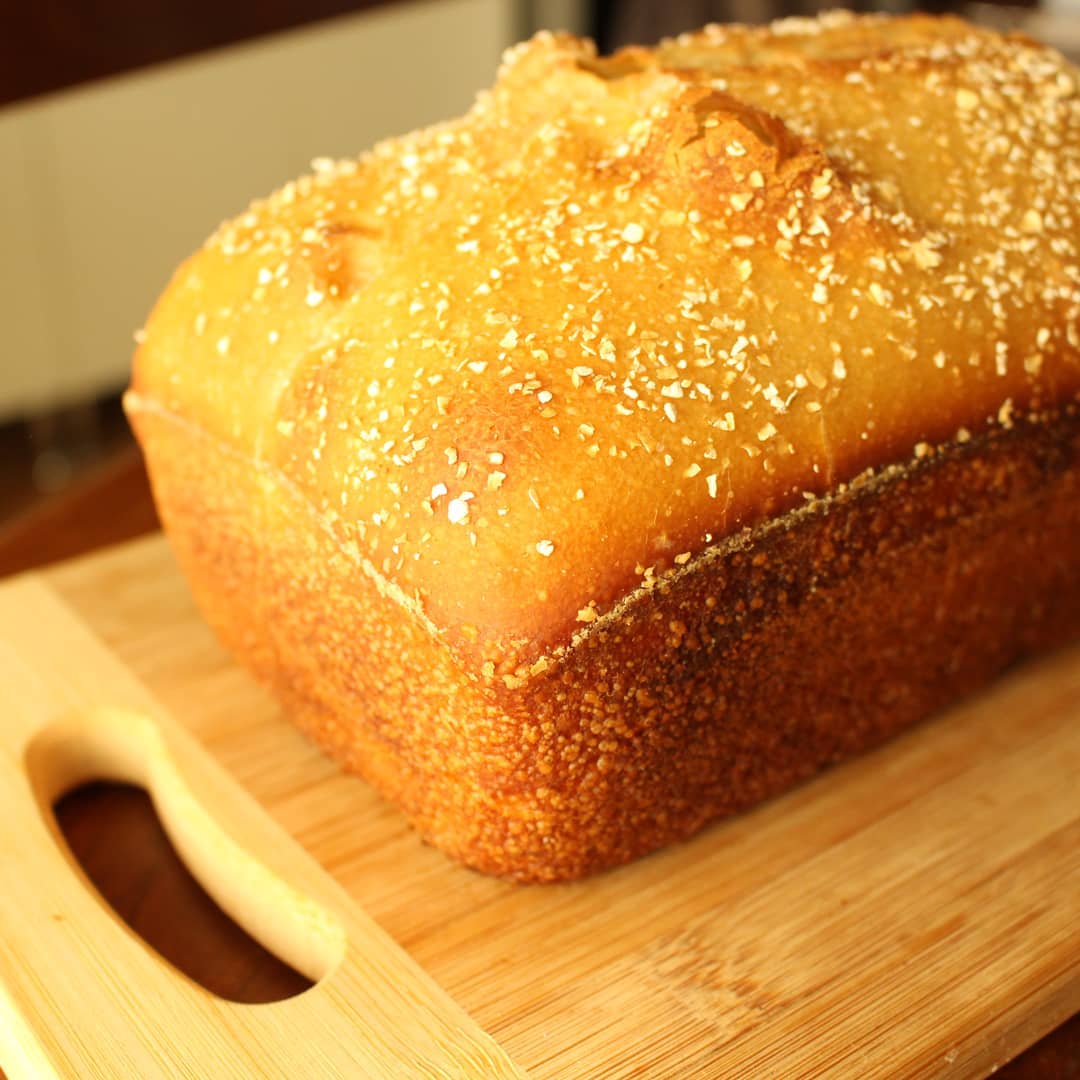Have you *listened* to your sourdough starter recently?
.
I took mine out of the fridge this morning, popped the lid, and it sang to me. The noise of tiny little bubbles, lively and high-pitched was awe-inspiring.
.
Whilst I go about my day, there are communities of microbes living a parallel life in my home. That makes me smile.
.
In case you’re curious, I keep a 100% wholegrain rye sourdough starter. It’s thick, not watery, as I find this helps it to last longer between refreshes. I keep it in the fridge, bringing it out the night before I want to bake and spooning a bit into fresh flour and water to make a ‘levain’ for the next day’s loaf. When it’s getting low, or when it’s smelling vinegary, I make a new batch and pop it back in the fridge.
.
I use this rye starter in virtually all my breads, even my spelt ones. I love rye’s enthusiasm to host lactic and acetic acid bacteria; it makes strong breads.
… Read More









